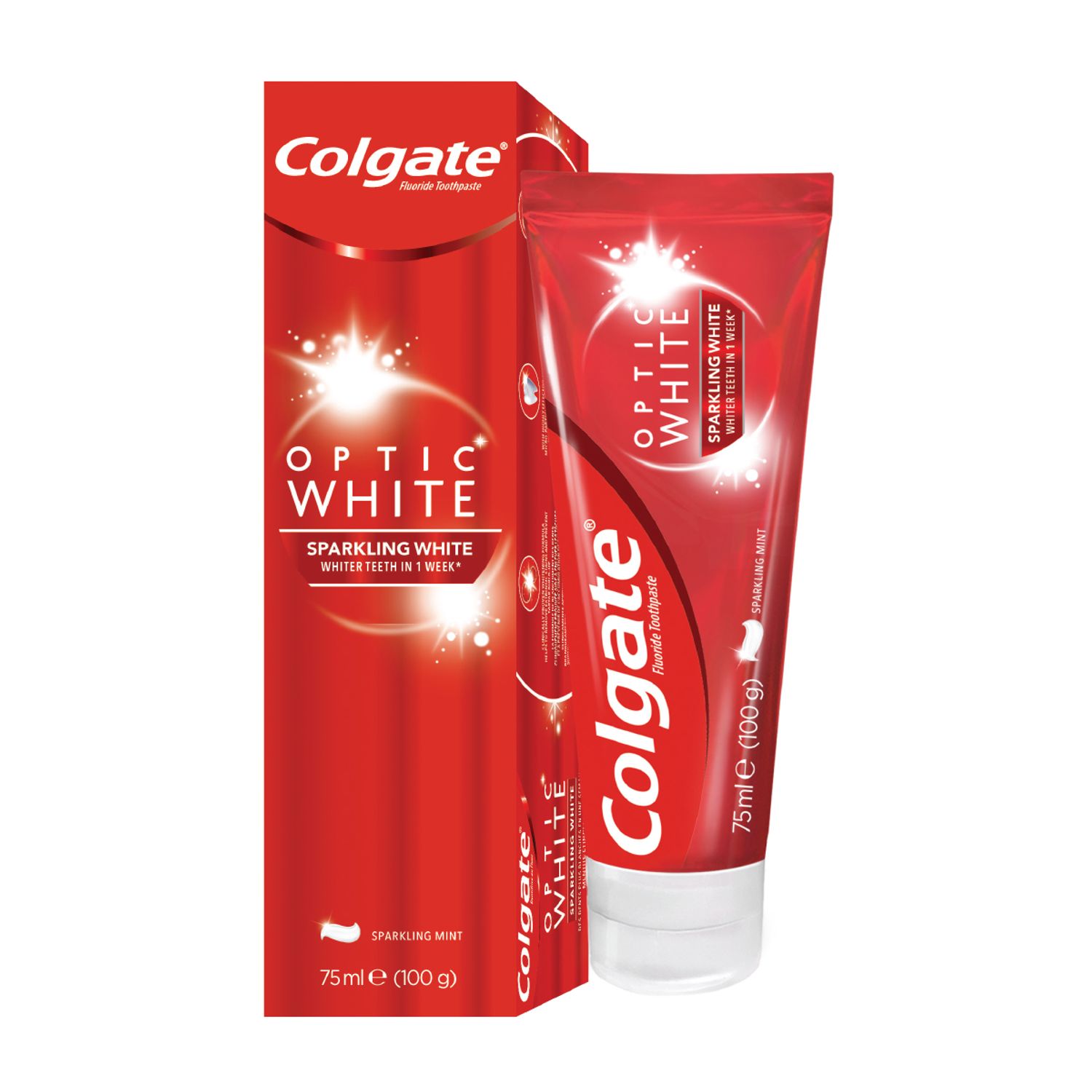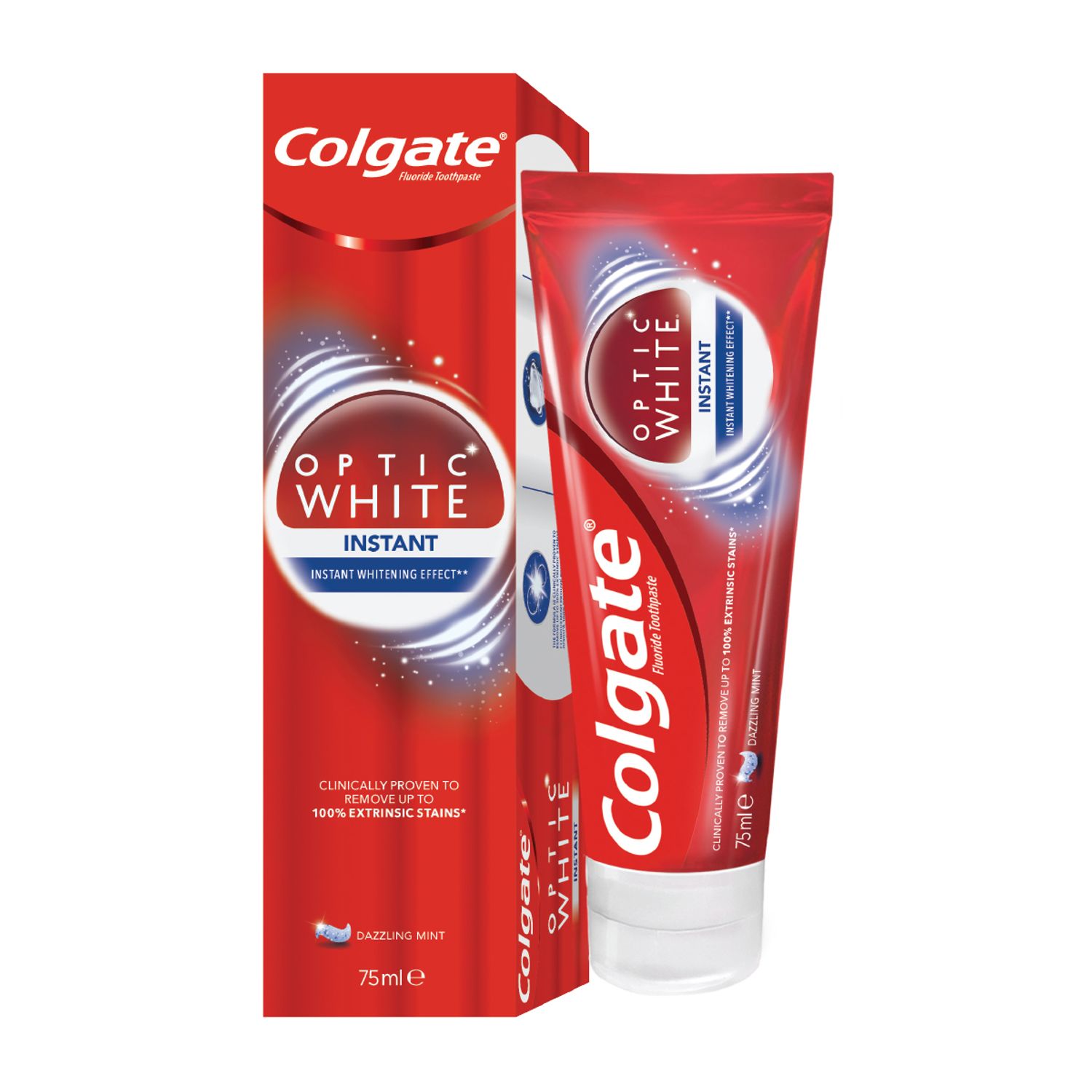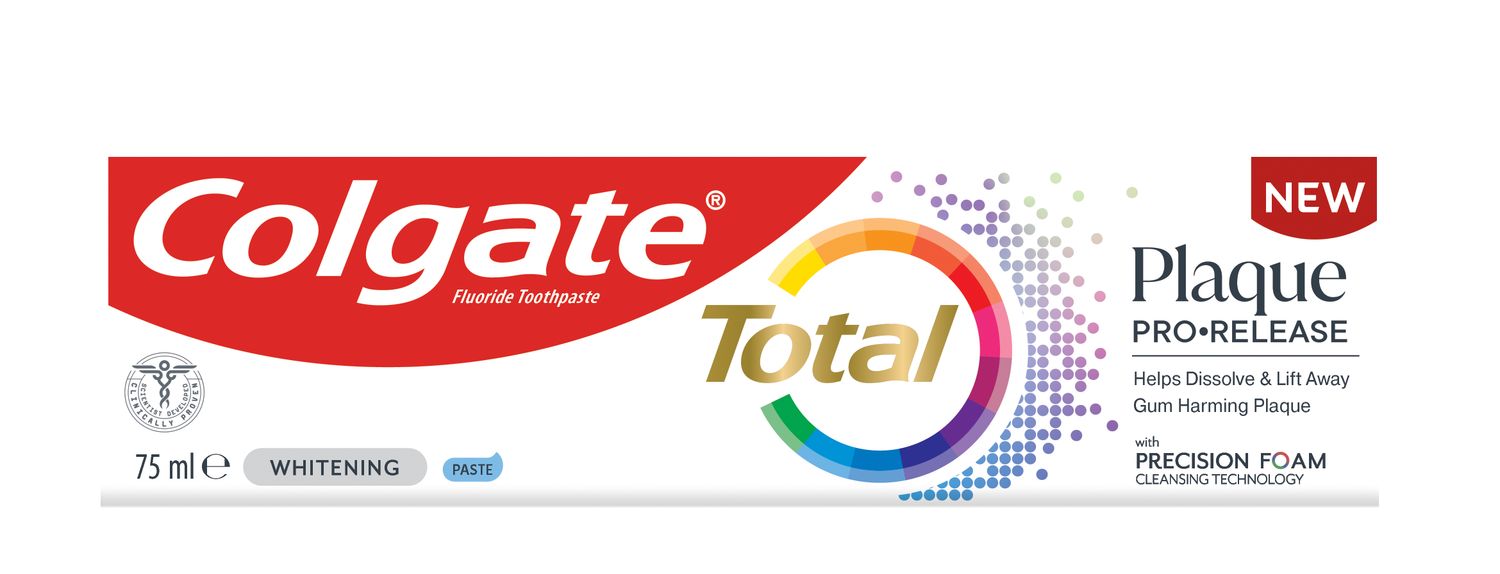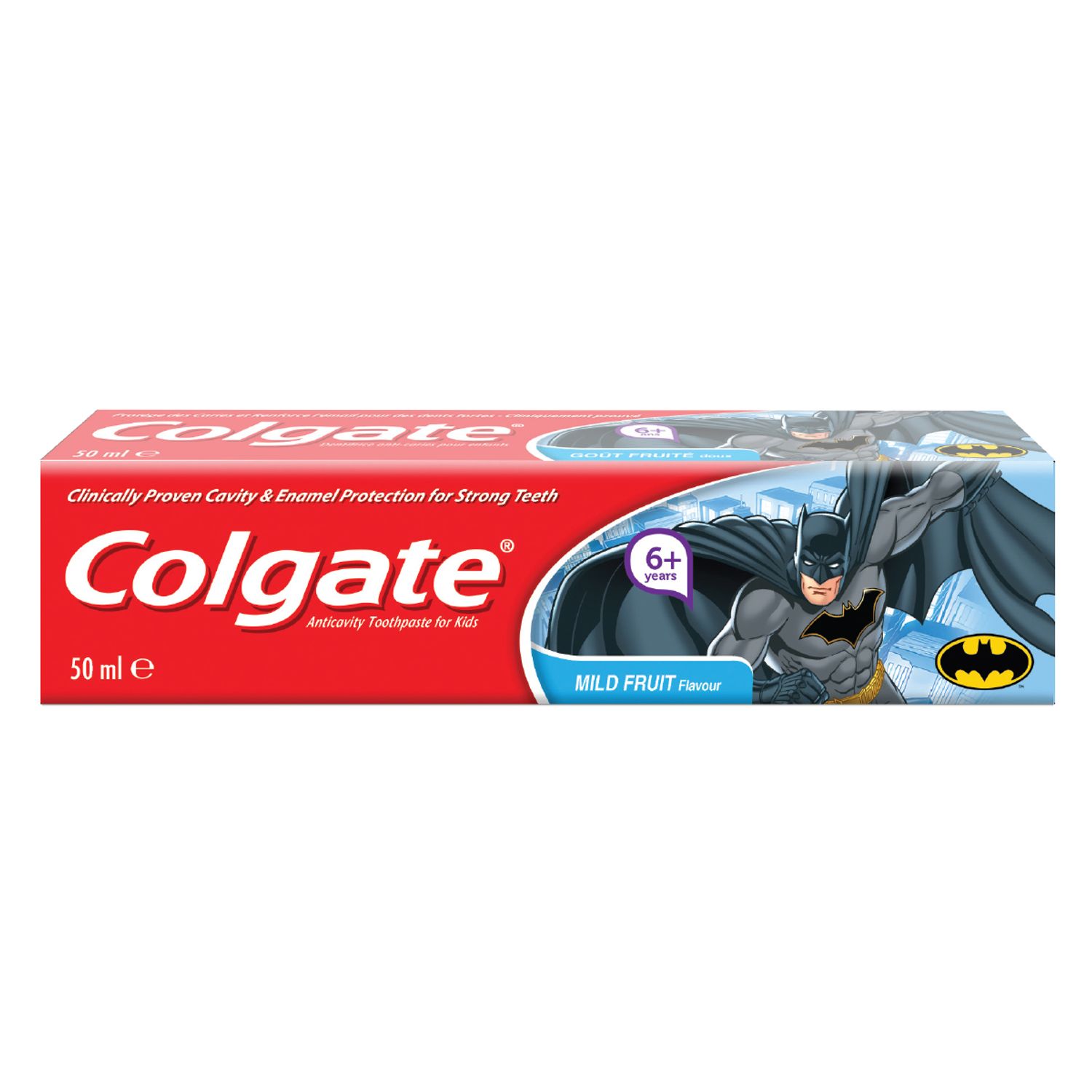-
-

CAVITIES
Can You Heal A Cavity At Home?You feel a sharp pain when you bite down or try to eat. You think it's a cavity, but you're not 100 percent sure...

BAD BREATH
How To Cure Bad BreathMore commonly known as bad breath, halitosis is an embarrassing hygiene issue that nobody wants, but some of us get every now and then...
-
Science & Innovation
- Colgate® | Toothpaste, Toothbrushes & Oral Care Resources
- Oral Health
- Sealants
- Pit and Fissure Sealants: Why You Might Need Them


You have probably heard the expression "prevention is better than cure" – it has never been more true than in dental health. Avoiding damage to your teeth through sound oral care beats trying to fix problems after they arise. Pit and fissure sealants, for example, are one of several methods for staving off the decay that leads to dental caries.
Using glass ionomer or a similar bonding agent, these sealants can work particularly well in teens and young children, as newly or partially erupted teeth are often too moist to receive traditional adhesives.
Why Your Child Might Need Sealants
Even though pits and fissures occur naturally, they can deepen over time, leading to dental caries. As such, a child whose teeth show signs of pits and fissures may be a prime candidate for dental sealants. Pits are small hollows that occur on the biting surfaces of permanent teeth,whereas fissures are grooves in the outside of the tooth's surface. In both cases, these areas can easily fill with germs, which may be difficult to remove with regular oral hygiene.
As these germs grow, they interact with the starches in the food you eat, turning them into acids that can eat away at tooth enamel. If this process causes enough decay, it eventually spreads to the inner pulp of the tooth. This can result in extremely painful and unsightly damage, which can cause lifelong dental problems.
How Sealants Work
Dental sealants coat and seal the grooves and hollows, preventing even the most harmful germs from building up on the tooth. The size and depth of the hollows and grooves in your child's teeth will determine whether he or she can benefit from the application of a sealant. These sealants are typically used on the molars and premolars at the back of the mouth, as those are the teeth that most frequently develop surface irregularities.
Evaluating Your Child
A thorough dental evaluation of your child's new permanent teeth will determine whether or not they have pits and fissures and whether they are at increased risk of developing dental caries. Not all teeth that carry this condition require sealing, which is why a paediatric dentist can perform an analysis of these new teeth to see if sealing is necessary. Having determined whether the pits and fissures are deep enough to warrant the application of a sealant, the dentist will make this recommendation. Ultimately, however, it is up to the parent. You'll know it's urgent if you can see grooves and hollows on the surface of the back teeth.
Keeping Good Oral Hygiene
Until your child receives this vital evaluation, make sure he or she maintains good oral health. A regimen that consists of daily brushing and diligent flossing will help to protect the teeth from an accumulation of germs. After sealants are applied, it's just as important to maintain oral hygiene to prevent other problems from arising, both inside and outside of the mouth.
A Cost-Effective Option
Pit and fissure sealants are an underused option for the protection of molar teeth, particularly in lower-income populations. Costs vary according to the materials used. The price of sealant application is particularly cost-effective in high-risk populations.
If your child has recently welcomed new permanent molar teeth, it's a good time to get them checked out to determine whether they would benefit from dental sealants.
Related Products

Helping dental professionals
More professionals across the world trust Colgate. Find resources, products, and information to give your patients a healthier future










